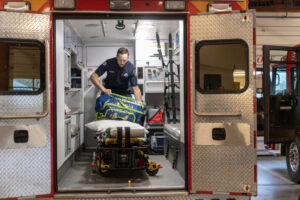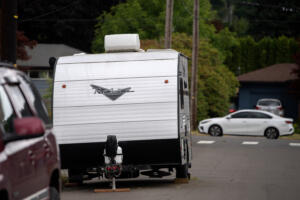In four separate collisions since December, two Washington tow truck technicians have been killed, one required a leg amputation and another received lower body injuries as a result of being hit while assisting a disabled motorist. These tragedies highlight the danger to individuals who regularly work along the shoulders of our busy and congested roads.
Raymond Mitchell, 33, died Sept. 22, while retrieving a disabled vehicle on Interstate 5 near Kalama. He became pinned against the truck he drove for TLC Towing when the rear trailer of a passing logging truck swung into him. The Washington State Patrol (WSP) says speed was a factor in the crash, which took Mitchell from his wife and four children. Nearly five months earlier, on April 24, the owner of Affordable Towing, Art Anderson and the parents of the motorist he was helping, died near Kelso, along I-5. According to the WSP, the driver who ran into the three people was impaired.




